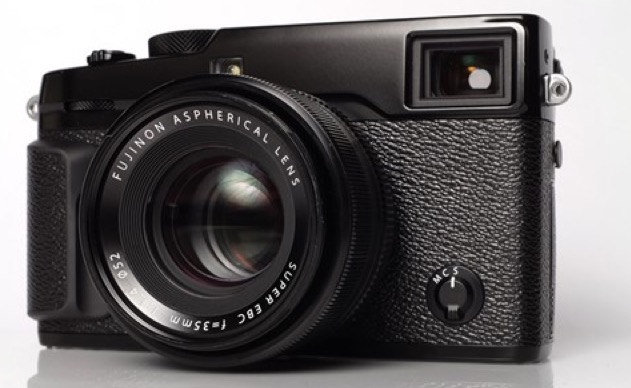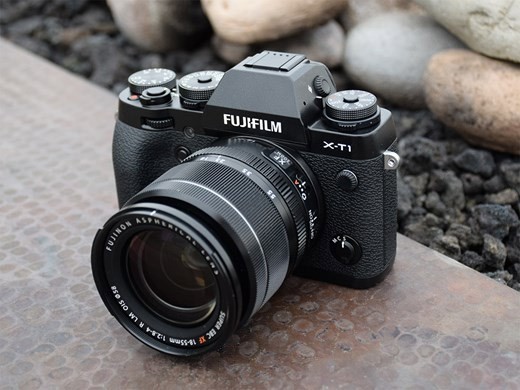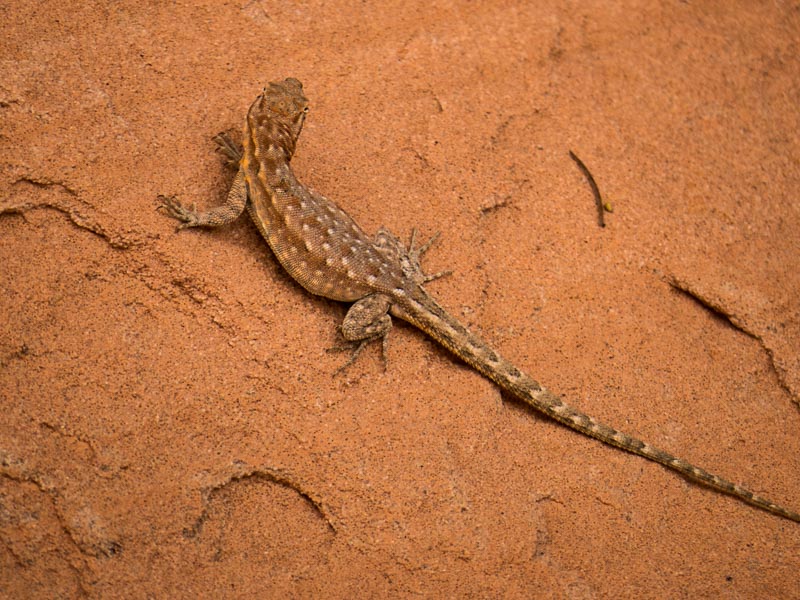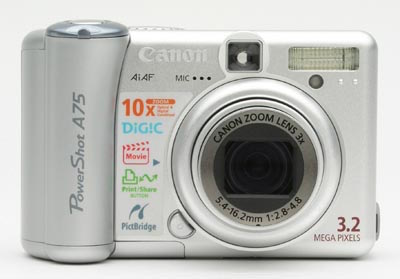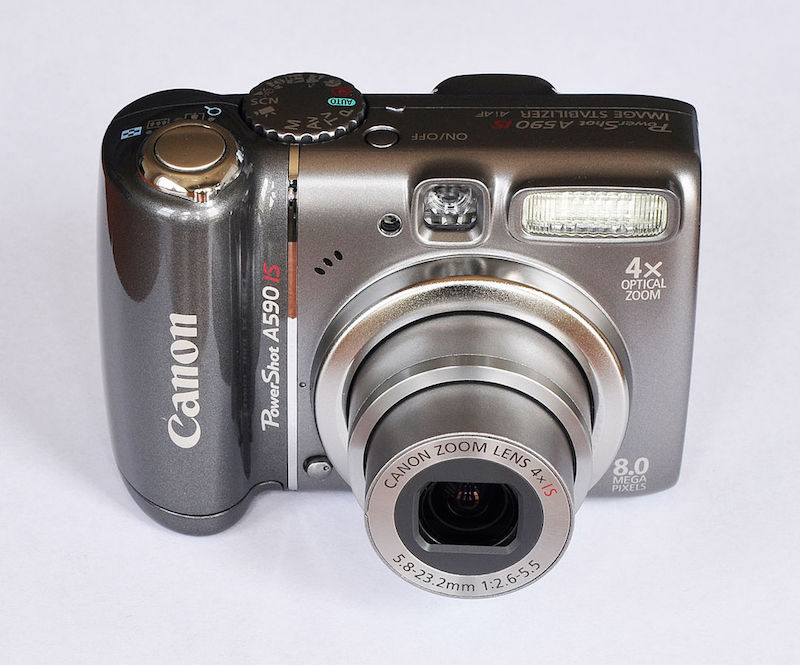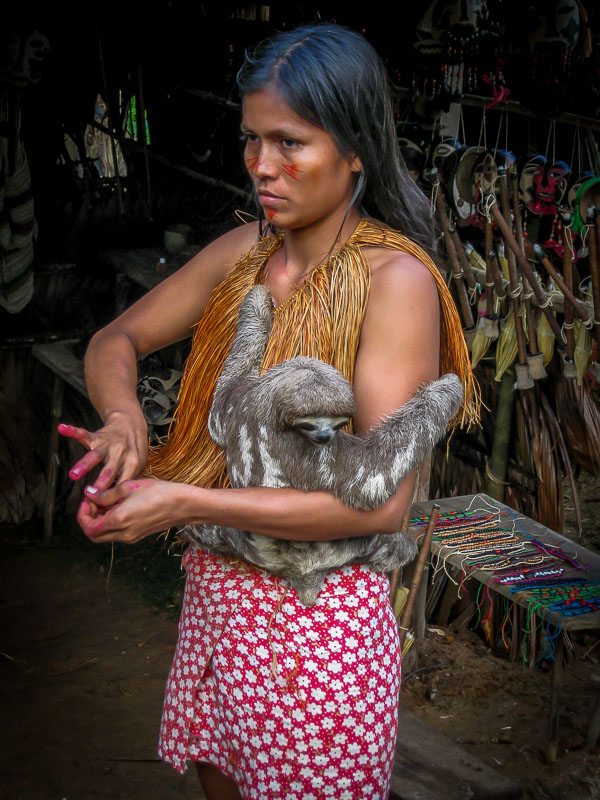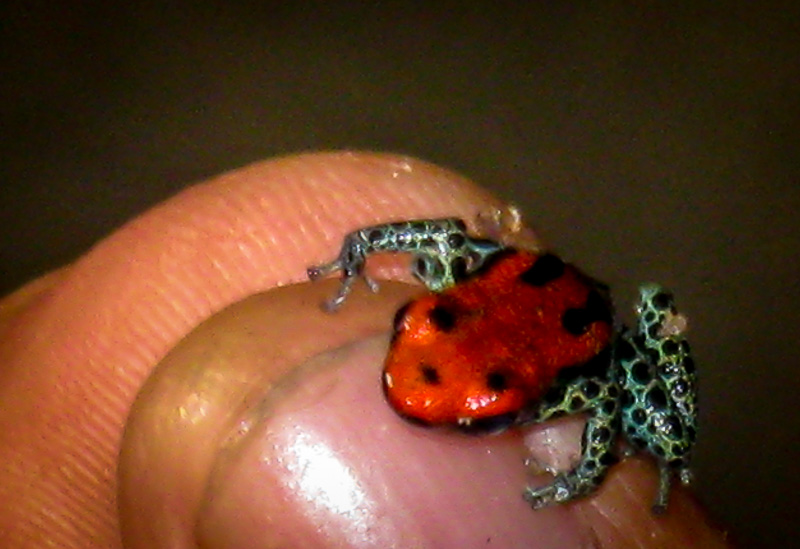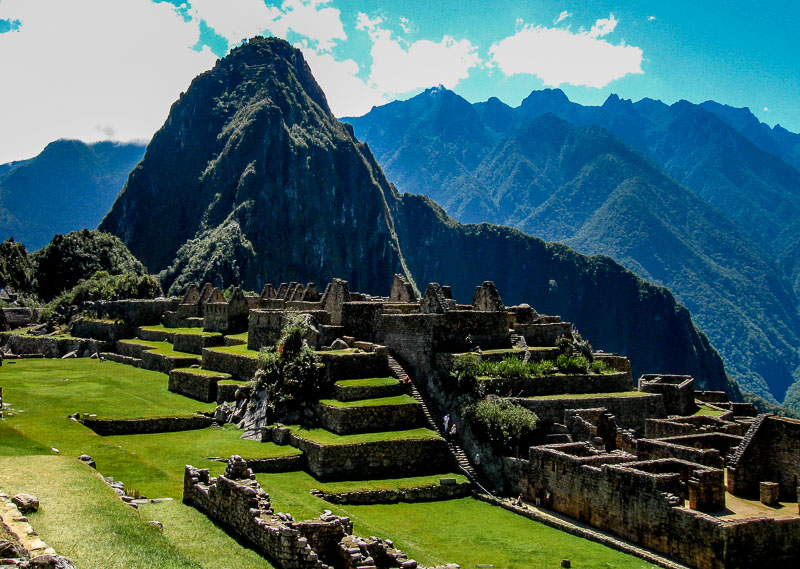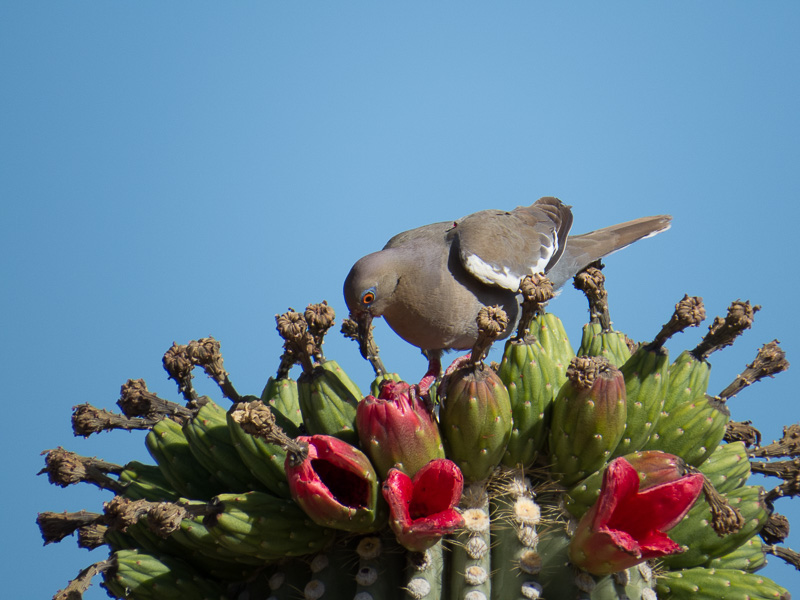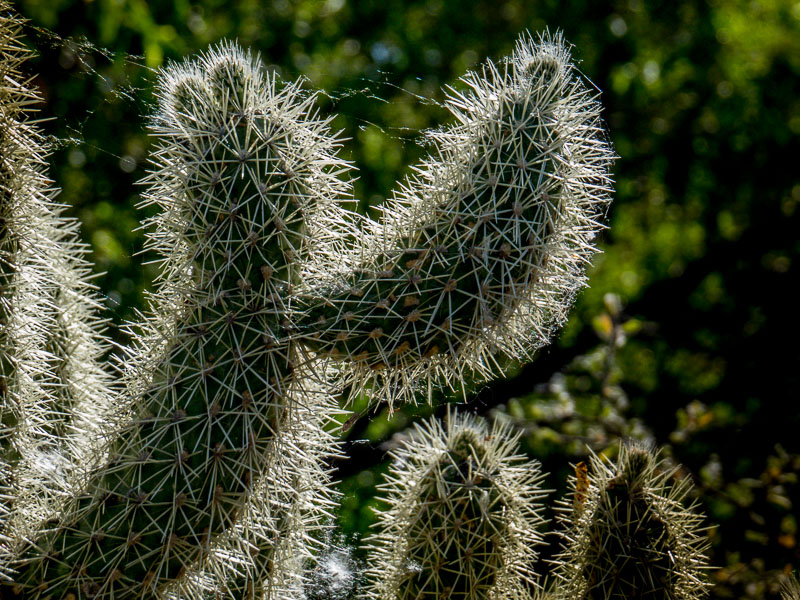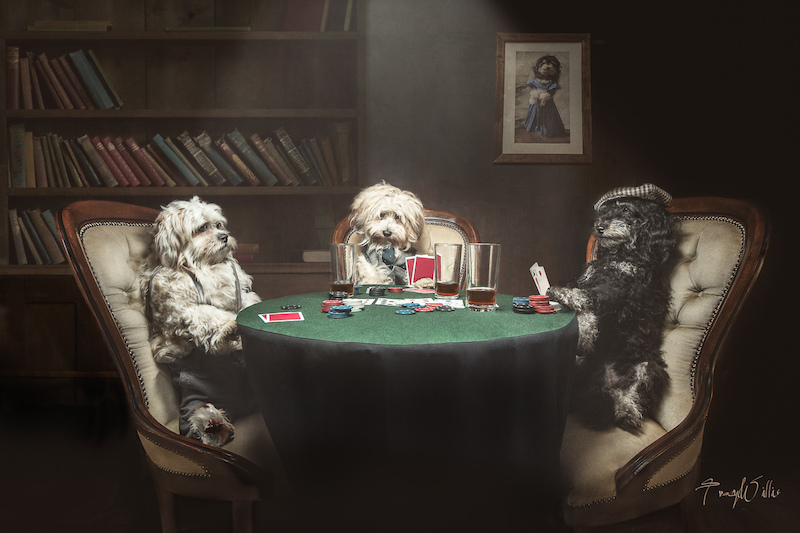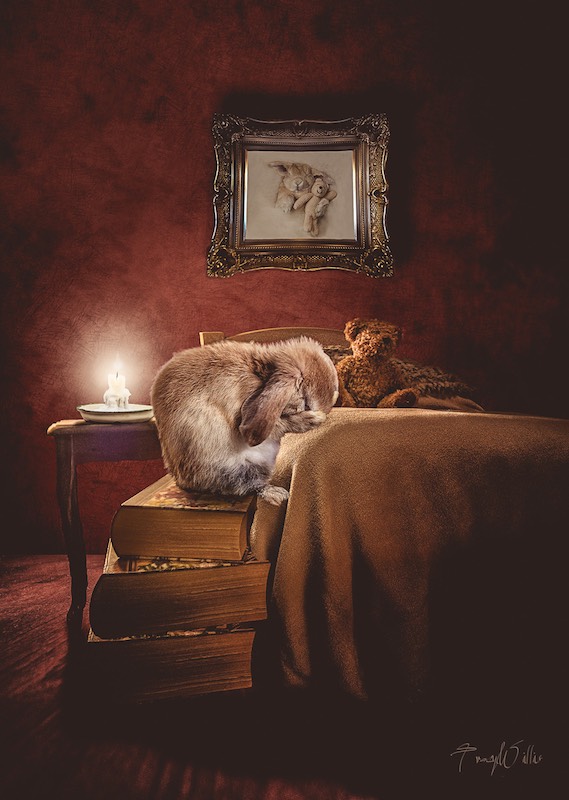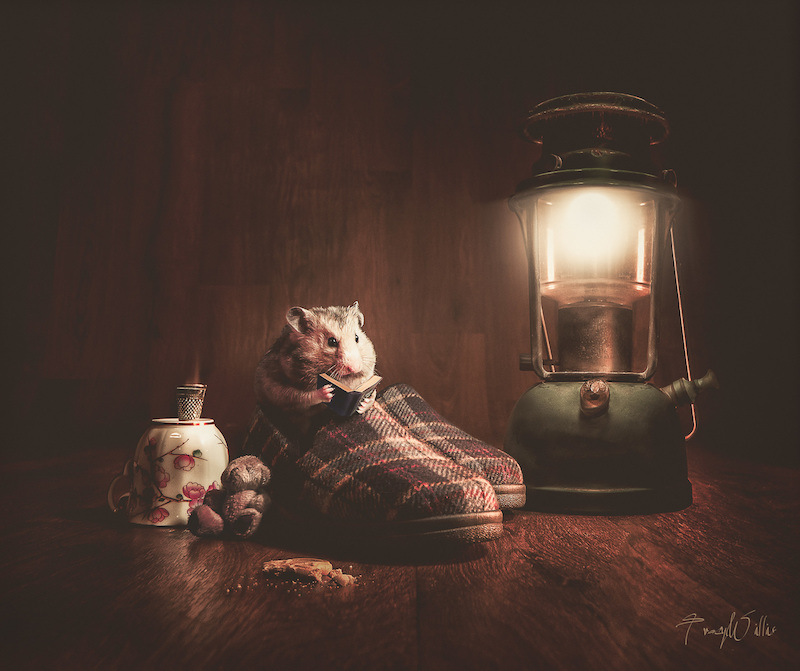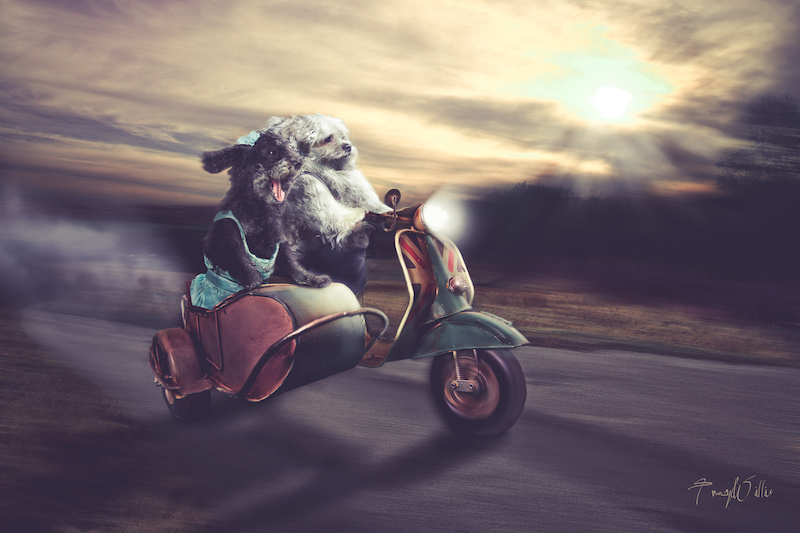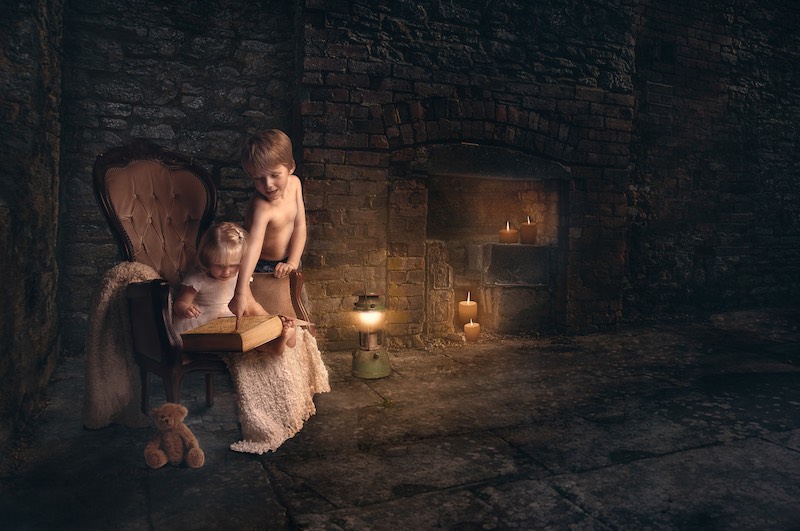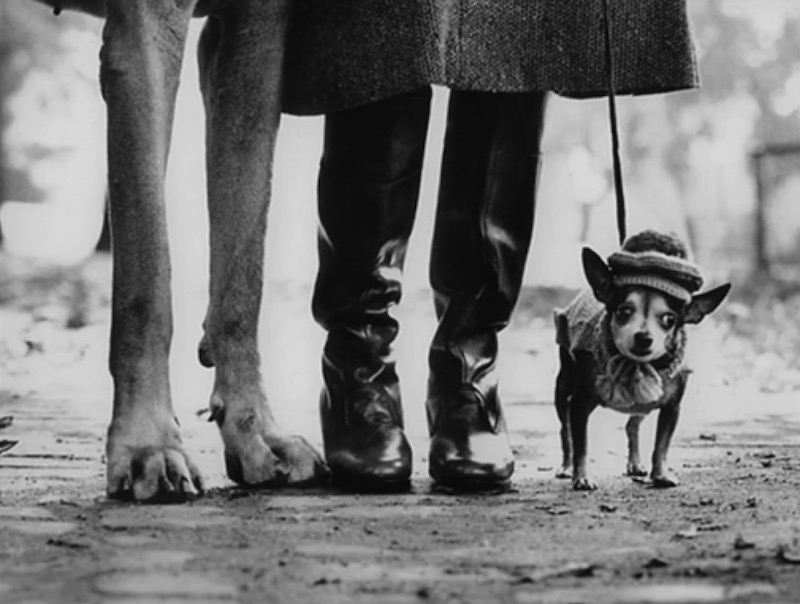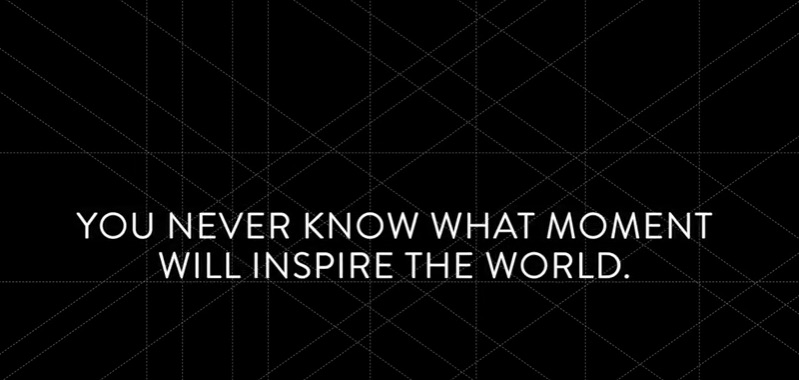This is part four (and final part) of a series of posts. To appreciate the entire experience described herein, I would suggest reading the other three parts first.
My Photography Conundrum – Part 1
My Photography Conundrum – Part 2
My Photography Conundrum – Part 3
*************************************
Having made the decision to purchase the Nikon D3300 instead of trying to rent a version of the Fuji X-T1., I made the leap and ordered the gear from one of the large, professional retailers in NYC. I have used them before and I have been satisfied with their customer support, pricing and shipping.
This is the package that arrived inside a well-packed cardboard outer box.

The first thing that pops out of the package is the warranty card.
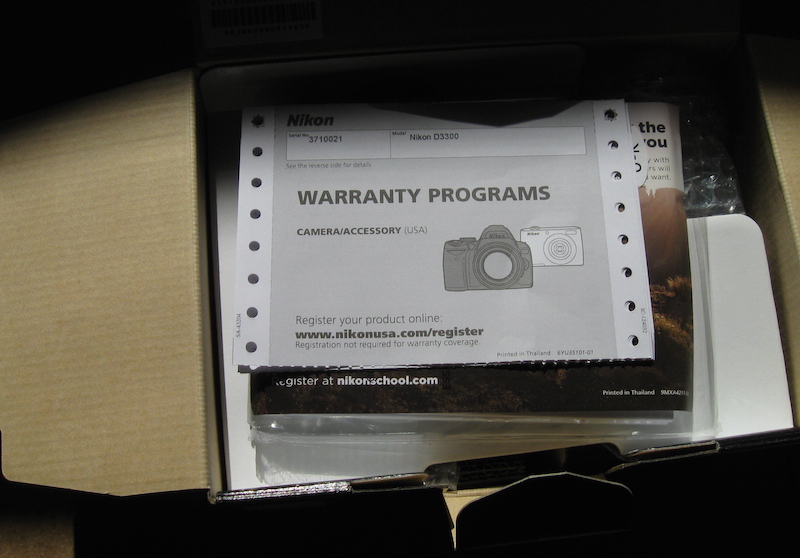
Bubble wrap encased the camera body and lens.

A closer look

Of course there are the extra “essentials” such as battery charger, manual on CD, cords, neck strap, etc.

The very next thing I ordered was an extra Nikon battery. No third party batteries for this camera as I have heard horror stories and I did not want to become an example. Full disclosure – I have used Watson batteries in the past and they have performed as well as, if not better than, the name brand batteries that came with other gear such as my Canon SXHS50. I just don’t want to press my luck!

Finally…the camera and lens!

The retailer was offering some additional “extras” to sweeten the pot as this camera is coming to the end of its marketing cycle although it does remain rather popular for people like me and those who want to make their first foray into the DSLR world without shelling out a bundle of cash for decent gear.
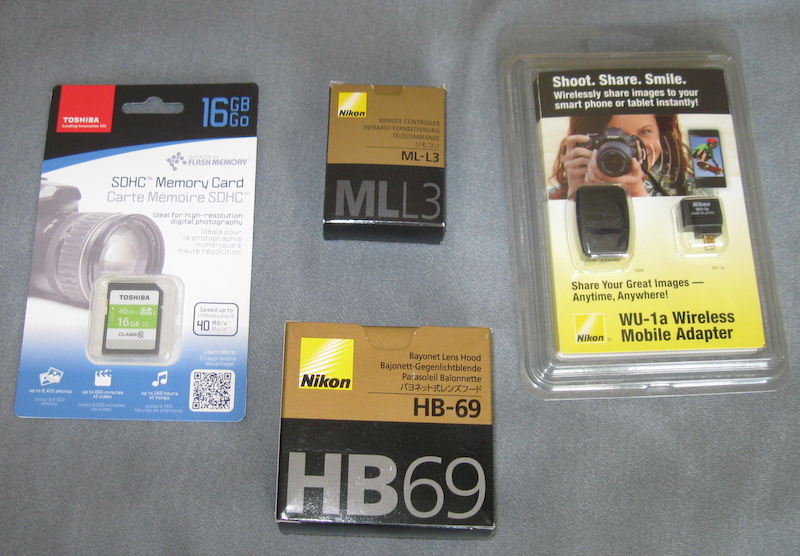
Above is a:
- Wireless mobile adapter – not yet used
- What is referred to as a bayonet Lens Hood (appears to be similar to one of those tulip-type lens hoods seen routinely)
- Remote Controller – not yet used
- Toshiba 16GB SDHC (rather slow) Memory Card – planned to be used with one of my other cameras.
BTW – The entire package came in at less than $500 which was close to the cost of renting the gear I originally wanted for my trip
The second thing I ordered, along with the additional Nikon battery were two 32GB, Sandisk Extreme SDHC , 90 MB/s, Class 10 Memory Cards which were selling on Amazon for $17+/-
As eager as I was to load the battery into the camera and go outside to take my first shots, I knew better than that and I exercised some patience and charged the battery.
While the battery was being charged, I put on the neck strap, mounted the lens and put on the lens hood and waited.
Once the battery was charged, I made arrangements to do a photo walk at nearby area in Cave Creek, AZ to take some pictures. Below is a sampling of those first photographs. Keep in mind that these are not meant to be “artistic” pictures. I am not an expert post-processor or photographer. The pictures were shot in RAW format and I lightly edited them in Lightroom as I usually would. After all, I wanted to see if the camera would suit my style and work flow. Naturally, the resolution has been reduced to the standard Internet protocol format of 72 pixels per inch.
With the above in mind, here are the photos:
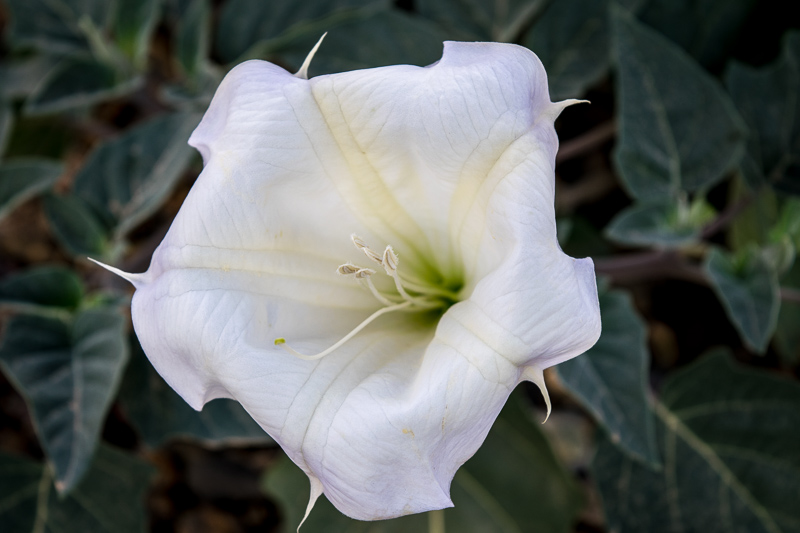
“A Datura Flower, native desert plant”
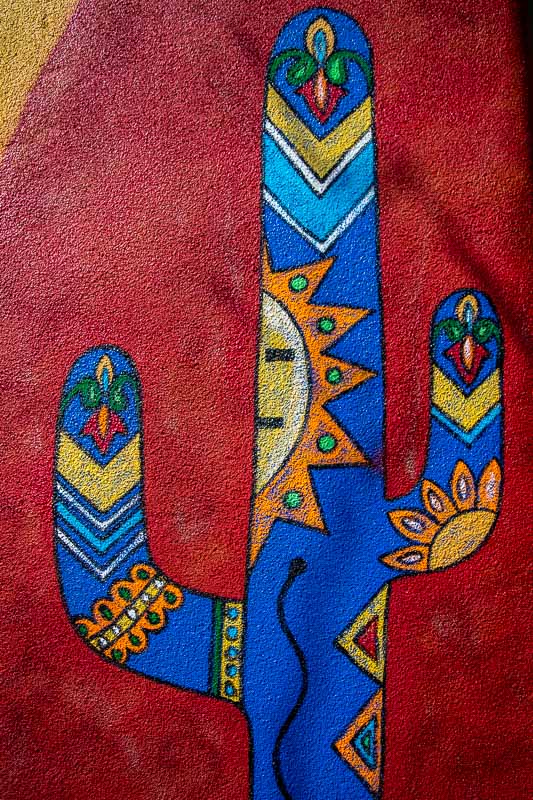
“Colorful abstract painting on a stucco wall”
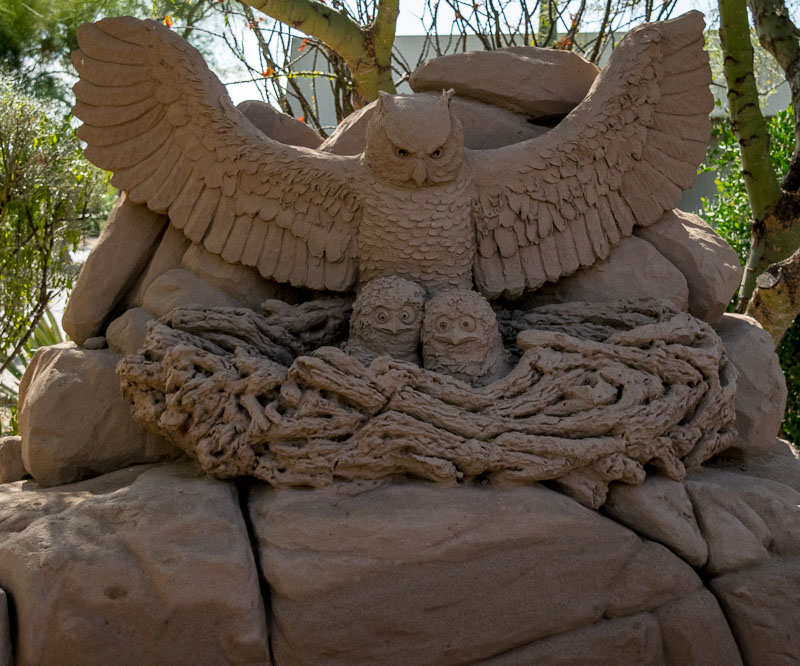
“Sand sculpture of owl and owlets”

“A Gila Monster children’s slide at the Sundial playground”
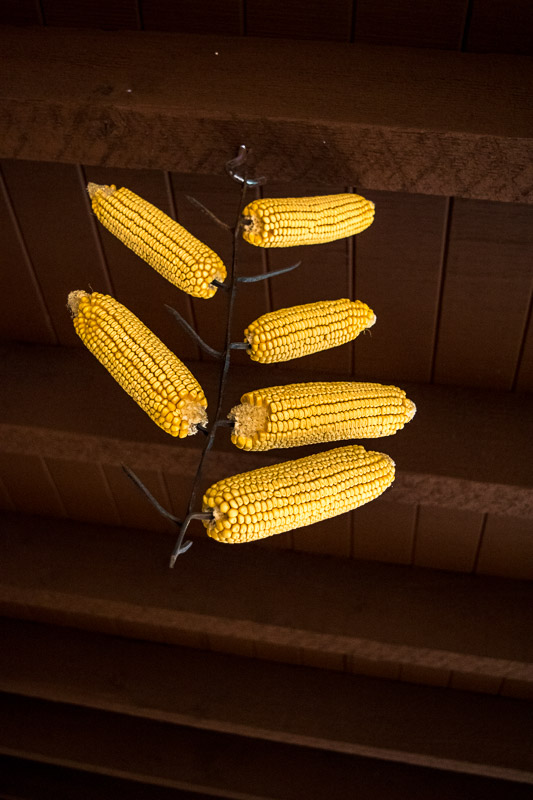
“Corn cob bird feeder outside one of the shops”

“A decorative wall relief at one of the restaurants”
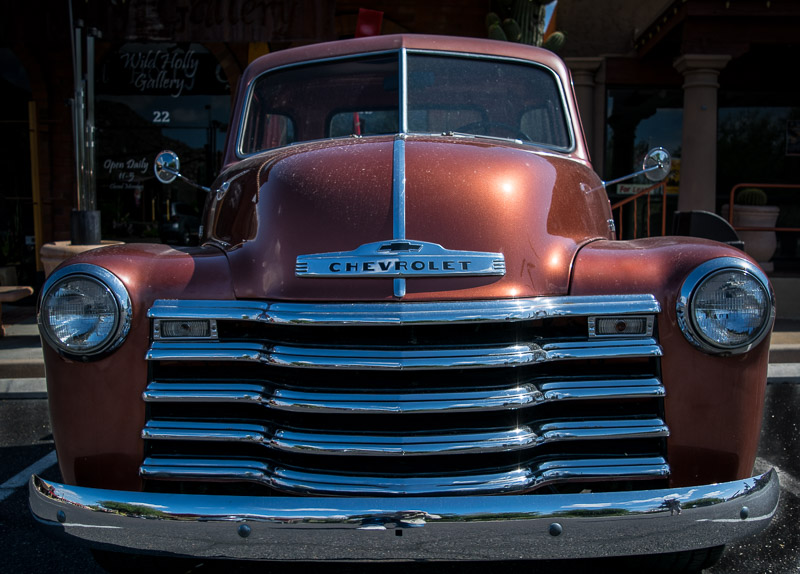
“There was a car show this day!”
Overall, I am generally satisfied with the camera and the the kit lens that was used. I took it with me to Yosemite National Park and Bishop, CA for nearly two weeks of hiking, exploring and of course, photographing.
I believe, considering my situation, i.e. the conundrum, this was a good move for me. Needless to say, “your mileage might vary.”
See previous Photography posts HERE

